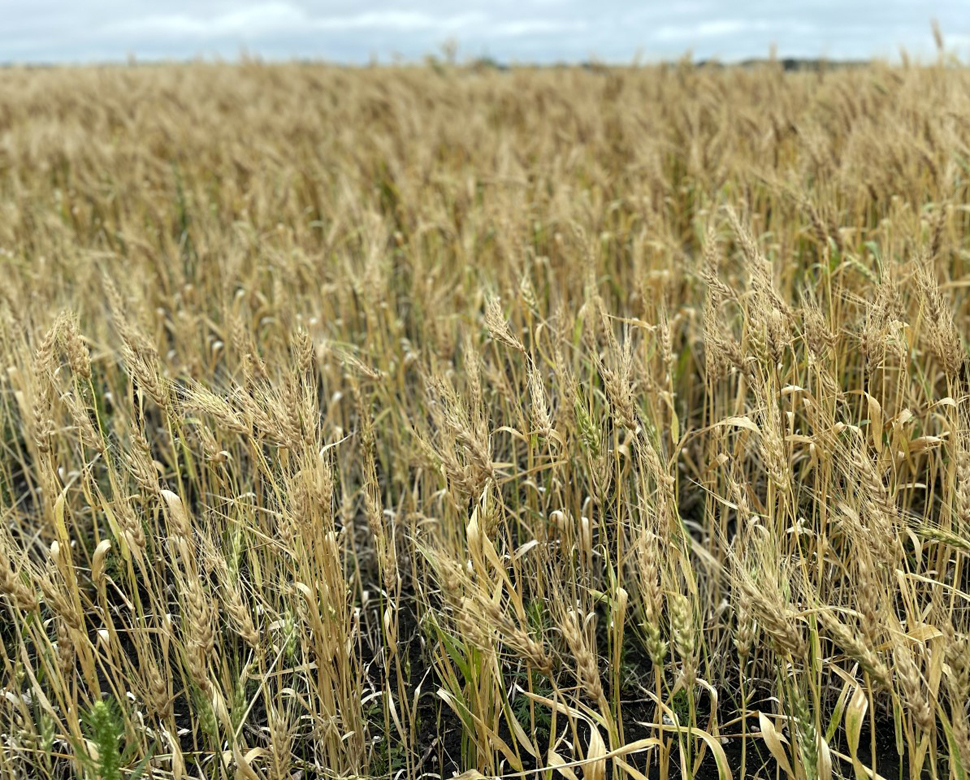Canadian farmers reported planting more wheat, canola, barley, corn for grain, and soybeans, but fewer acres of oats, lentils, and dry peas, according to the June 2023 Field Crop Survey.
Favourable conditions across Western Canada allowed producers to complete seeding in a timely manner. In Alberta, seeding was nearly complete by the end of May, just ahead of the average, owing to warm and dry conditions. Planting in Saskatchewan and Manitoba was slightly behind the 5- and 10-year averages because of excess moisture in some areas.
In Eastern Canada, seeding progressed well due to favourable field conditions. Producers in Ontario and Quebec had completed most seeding by mid-May due to near-normal temperatures and dry conditions, aside from parts of eastern Ontario and western Quebec. Seeding also progressed well in Atlantic Canada, where precipitation was below normal during planting.
Nationally, farmers reported planting 26.9 million acres of wheat in 2023, up 6.7 per cent from 2022. In 2023, the greater total wheat area was led by spring wheat area and durum wheat area. Winter wheat increased 20.1 per cent to 1.4 million acres. The increase in total wheat area may be attributable to favourable prices and strong global demand.
In Saskatchewan, wheat area increased 6.9 per cent to 14.2 million acres, as spring wheat area rose 10 per cent to 9.1 million acres and durum wheat area grew 2.2 per cent to 5.0 million acres.
Alberta producers reported planting 7.9 million acres of wheat, up 4.4 per cent from 2022, led by a greater spring wheat area, which increased 6.4 per cent to 6.8 million acres in 2023. Durum wheat area in the province fell 8.3 per cent to 996,800 acres.
Farmers in Manitoba reported that total wheat seeded area increased 7.2 per cent to 3.3 million acres.
Another crop had farmers reporting planting 22.1 million acres of canola in 2023, up 3.2 per cent from the previous year. The greater area was likely the result of relatively favourable prices.
Farmers in Saskatchewan reported planting 12.4 million acres of canola, up 8.8 per cent from 2022.
In Alberta, farmers reported planting 6.4 million acres of canola in 2023, down 2.4 per cent from the previous year.
Seeded area in Manitoba decreased 4.7 per cent to 3.1 million acres.
Soybean area rose 6.8 per cent to 5.6 million acres in 2023, in line with the five-year average.
Farmers reported planting 7.3 million acres of barley in 2023, up 3.9 per cent from one year earlier.
The increase in barley seeded area was led by Alberta, where it rose 7.9 per cent to 3.8 million acres. Barley area edged up 0.8 per cent to 2.8 million acres in Saskatchewan, while it decreased 2.1 per cent in Manitoba.
Farmers reported planting fewer oats, down 35.6 per cent to 2.5 million acres, the lowest oat acreage on record. Producers may have opted to seed less area with oats because of the high national supply that resulted from strong production in 2022.
In Saskatchewan, the largest oat-producing province, planting fell 45.3 per cent to 1.0 million acres in 2023. Producers also reported lower areas in Alberta at a 25.9 per cent decrease and Manitoba which had a 30.4 per cent decrease.
At the national level, farmers reported seeding more corn for grain in 2023 compared with the previous year, rising 5.5 per cent to 3.8 million acres, led by higher seeded area in Manitoba which rose 46.3 per cent to 553,900 acres.
Canadian farmers reported planting 3.7 million acres of lentils in 2023, down 15.1 per cent from one year earlier and the lowest level since 2014.
Nationally, farmers reported seeding 9.7 per cent less area with dry peas compared with 2022, falling to 3.0 million acres.
Dry pea area in Saskatchewan decreased 11.7 per cent to 1.6 million acres, while seeded area in Alberta fell 4.7 per cent to 1.3 million acres.









